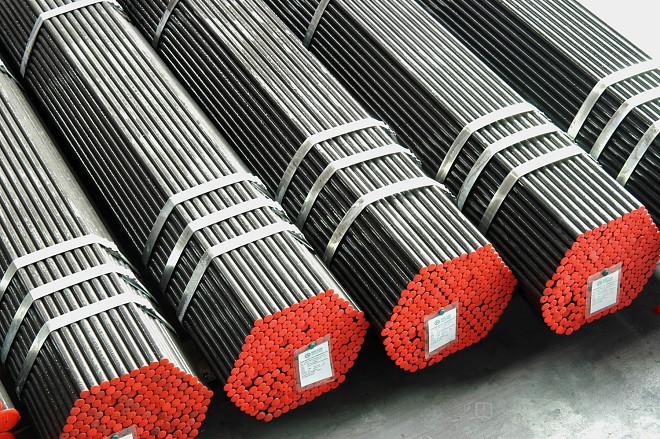The heat exchange tube is the core heat transfer element of the heat exchanger, and undertakes multiple missions of energy transfer, medium isolation and system stability. From the steam generator of a nuclear power plant to the condenser of a refrigerator, from the catalytic cracking unit of an oil refinery to the battery thermal management system of a new energy vehicle, this seemingly ordinary metal pipe supports the energy efficiency revolution of modern industry by precisely controlling the flow of energy. Titanium alloy materials are redefining the technical boundaries of high-end heat exchange tubes due to their unique performance advantages.

1. Basic functions: cross-medium energy transfer
Heat energy transfer
The temperature difference between the fluid inside and outside the tube wall realizes the directional transmission of heat from high-temperature media (such as steam, flue gas) to low-temperature media (water, air), with a typical efficiency of 85%-98%.
Case: In the boiler feed water preheater of a thermal power plant, the titanium alloy tube can achieve a heat transfer rate of 1500 kJ/m² per second between 600℃ flue gas and 300℃ high-pressure water.
State conversion control
The heat transfer through the tube wall causes the medium to change phase:
Condensation: condense the gaseous medium (such as refrigerant) into liquid (air conditioning condenser)
Evaporation: vaporize the liquid medium (seawater desalination evaporator)
Data: The heat transfer coefficient of titanium tubes in seawater desalination multi-effect evaporators is 12% higher than that of copper-nickel alloys, and the scaling rate is reduced by 70%.
Energy recovery
In the industrial waste heat utilization system, waste heat from flue gas and wastewater is recovered:
In the sintering waste heat boiler of the steel plant, titanium alloy tubes can withstand the dew point corrosion of sulfur-containing flue gas
The titanium microchannel heat exchange tubes of the liquid cooling system of the data center have a waste heat recovery efficiency of 92%
II. Key application areas
Chemical and energy
Oil refining unit: The titanium U-shaped tube bundle in the catalytic reforming unit has a service life of 15 years (only 3 years for traditional steel pipes) in an oil and gas environment containing hydrogen sulfide (concentration 3%)
LNG liquefaction: -162℃ low-temperature heat exchange tubes, the low-temperature toughness of titanium alloy (impact energy ≥50J) ensures no brittle fracture
Nuclear power: Steam generator titanium alloy heat transfer tubes, resistant to high temperature and high pressure water (350℃/17MPa), and stress corrosion cracking resistance life of more than 60 years
Marine engineering
Seawater cooling system System: Titanium tubes of ship central coolers, corrosion rate <0.0005mm/year in 3.5% salinity seawater
Ocean temperature difference power generation: Titanium alloy deep cold heat exchange tubes work between 5℃ surface seawater and 2℃ deep sea cold water, and the temperature difference power generation efficiency is increased to 4.2%
New energy and environmental protection
Fuel cell: Titanium bipolar plate microchannel heat exchange structure to achieve precise control of hydrogen and oxygen reaction heat (temperature fluctuation ±0.5℃)
Carbon capture system: Titanium bellows heat exchanger of amino solvent regeneration tower, resistant to CO₂-amine solution corrosion, regeneration energy consumption reduced by 35%
High-end manufacturing
Semiconductor wafer factory: Ultra-high purity water titanium heat exchange tube, surface roughness Ra≤0.4μm, avoid particulate contamination
Aerospace: Titanium capillary array of spacecraft regenerative thermal control system, heat transfer power density reaches 500W/cm²

